From Brees to Brady, Pocket Passers Rule the Playoffs

You hear all the time that pocket passing is king in pro football. But no one ever explains why. With this year’s crop of playoff quarterbacks validating the adage, it’s worth examining the reason.
It starts with the field’s geometry. In the NFL the hashmarks for spotting the ball are 18 ½ feet apart. In college, they’re 40 feet apart. That difference significantly affects how offensive plays are designed, and how defensive coverages are structured.
In college, when the ball is on a hashmark, there is 100 feet of field toward the opposite side. Much of the strategy in the college game is about exploiting that space. In the NFL, with tighter hashmarks, that exaggerated space doesn’t exist. And so the focus is not on using space, but creating it, which comes from how you align and move your players. Remember, those players are also faster and smarter than the ones in college, where the discrepancy between great and average athletes can be gargantuan. In the NFL, which draws roughly the top 1.5 percent of college players, success derives less from pure athletic advantages and more from executing smart designs.
The tighter hashmarks in the NFL mean the ball is always spotted near the middle of the field. Plays are designed with that in mind. With no boundary nearby, both sides of the field are fully available. The most efficient way to exploit both sides is to have your quarterback drop straight back and play from the pocket. Almost every NFL offense is built around this.
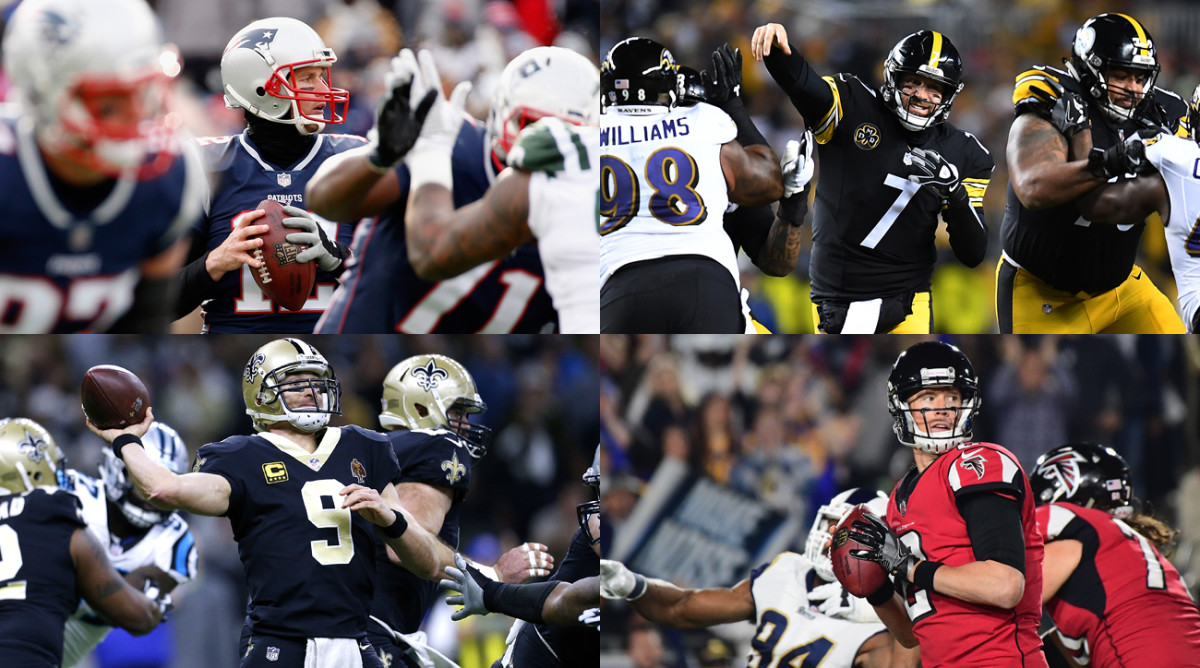
The quarterbacks in this year’s postseason operate offenses that make the most of pocket passing. There’s no better illustration than the Saints. They have the consummate dropback passer in Drew Brees, who works through his progressions with the efficiency of a computer. Sean Payton’s offense is about vertically attacking the seams and hashmark areas. The idea is to control the safeties—the position that most impacts a defense’s scheme. The Saints have always invested heavily in Brees’s pocket. For much of the 2010s, they employed two of the league’s highest-paid guards, Jahri Evans and Ben Grubbs. This offseason they made free agent Larry Warford the NFL’s sixth-richest right guard. At left guard has been a 2016 first-round pick, Andrus Peat (he was injured in the wild-card win over Carolina), and at center is two-time Pro Bowler Max Unger, who was New Orleans’s main acquisition in the Jimmy Graham trade with Seattle. Outside, Terron Armstead is the league’s fourth highest-paid left tackle. Rookie right tackle Ryan Ramczyk is another first-round pick. The Saints understand that their team is only as good as the pocket Brees plays from.
The Falcons understand this, too, as Matt Ryan is one of the league’s premier dropback passers. Ryan over the years has been great on play-action—a dropback pass that is often considered a form of pocket passing. But while those throws technically occur from the pocket, they’re not what come to mind when football people think of pocket passing. With play-action, the running formation and fake handoff naturally slow down the defense, creating an inherently clean pocket. But the time it takes to go through those motions leaves less time to throw. A quarterback’s reads must be whittled down to two: downfield or a check-down.
True dropback pocket passing, on the other hand, involves no fake handoff and has the quarterback often making full-field progressions reads. It comes into play on third down, where NFL games are won and lost. Before going down with an ACL injury in Week 13, Carson Wentz, who led the Eagles to the NFL’s No. 1 seed, was had a jaw-dropping 123.7 third down passer rating—a good reason why he was a leading MVP candidate. He did it with his rare ability to extend plays from within the pocket. It’s one thing to run around and make magic when a play breaks down; it’s another to hang in the pocket and not let it break down in the first place. When you extend a play from inside the pocket, you give a design more time to work. That’s crucial, given that every play is designed to beat common defensive coverages, and few coverages are designed to hold up longer than three seconds. When three seconds becomes four or five seconds, a defense becomes very vulnerable.
For years, extending plays from within the pocket is what made the quarterback for the AFC’s No. 2-seed Steelers, Ben Roethlisberger, so difficult to stop. But Roethlisberger, as he has aged, has had to become a more disciplined, on-schedule quarterback who gets the ball out quickly. You can only play that way by diagnosing the defense before the snap. Quarterbacks are doing this more than ever, and it’s one reason so many of them are thriving into their late 30s. (Even with more coach-to-QB headset communication taking place at the line of scrimmage, veteran QBs have a notable advantage in their experience.) Pocket passing has become as much an intellectual endeavor as a physical one.
Tom Brady, of course, has long been the icon of pre-snap quarterbacking. But this season Brady led a Patriots offense that emphasized downfield throws more than quick strikes. It has been perhaps his most impressive campaign because of how many pocket plays he has made while working late into the down, just like Wentz. Brady’s pockets often look cleaner than others’ because he creates space by moving with nuance. That—call it “pocket poise”—is every bit as important as arm strength and accuracy. Part of pocket poise is being able to still make throws when the pocket begins to crumble. Brady has been more impressive here than ever.
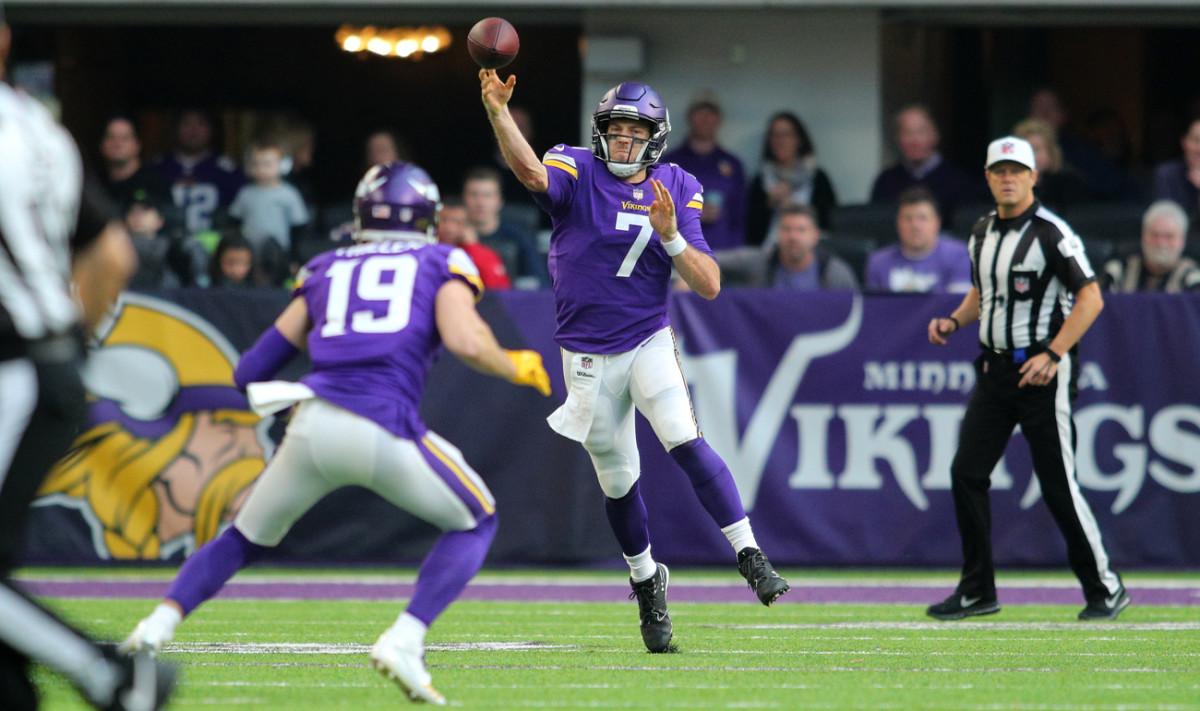
Shocking as it’s been to see Brady, at 40, make strong throws from crumbling pockets, it’s nothing compared to the surprise of seeing journeyman Case Keenum put up a 98.3 rating while leading the Vikings to 12 of their 13 wins. Keenum is a testament to what stable pocket passing in a well-schemed offense can bring. All season, Vikings offensive coordinator Pat Shurmur has brilliantly beaten man coverage with criss-crossing route releases early in the down and defeated zone coverage with intertwined routes late in the down. Keenum has executed decisively. What’s also carried Keenum, though, is his ability to leave the pocket and improvise when necessary. There’s a place for that, but it must be an offense’s side dish, not the entrée.
FILM TWEET
#Falcons have NFL's best RB tandem by a huge margin. Coleman is viewed within NFL as a more potent threat than Freeman. Both great.
— Andy Benoit (@Andy_Benoit) January 8, 2018
I jumped the gun and overlooked Mark Ingram and Alvin Kamara when hitting send. My bad. At the very least I withdraw the “huge margin” part—and maybe the whole pro-Falcons sentiment. What Kamara and Ingram did this season was extraordinary. However you view it, neither Atlanta or New Orleans would be in the divisional round without the contribution of their running backs. All four are fantastic scheme fits. Devonta Freeman is the most refined outside zone runner in football. Tevin Coleman, with his long-striding speed and deceptively loose hips, is a nightmare in space, which is why Atlanta’s “spread, empty set” passing game has expanded down the stretch. Even better in the “spread, empty set” passing game is Kamara, for his receiving prowess and what it does for those around him. And Ingram has long been one of the most overlooked backs in football. He’s terrific on screens and consistently finishes runs one or two yards further downfield than expected.
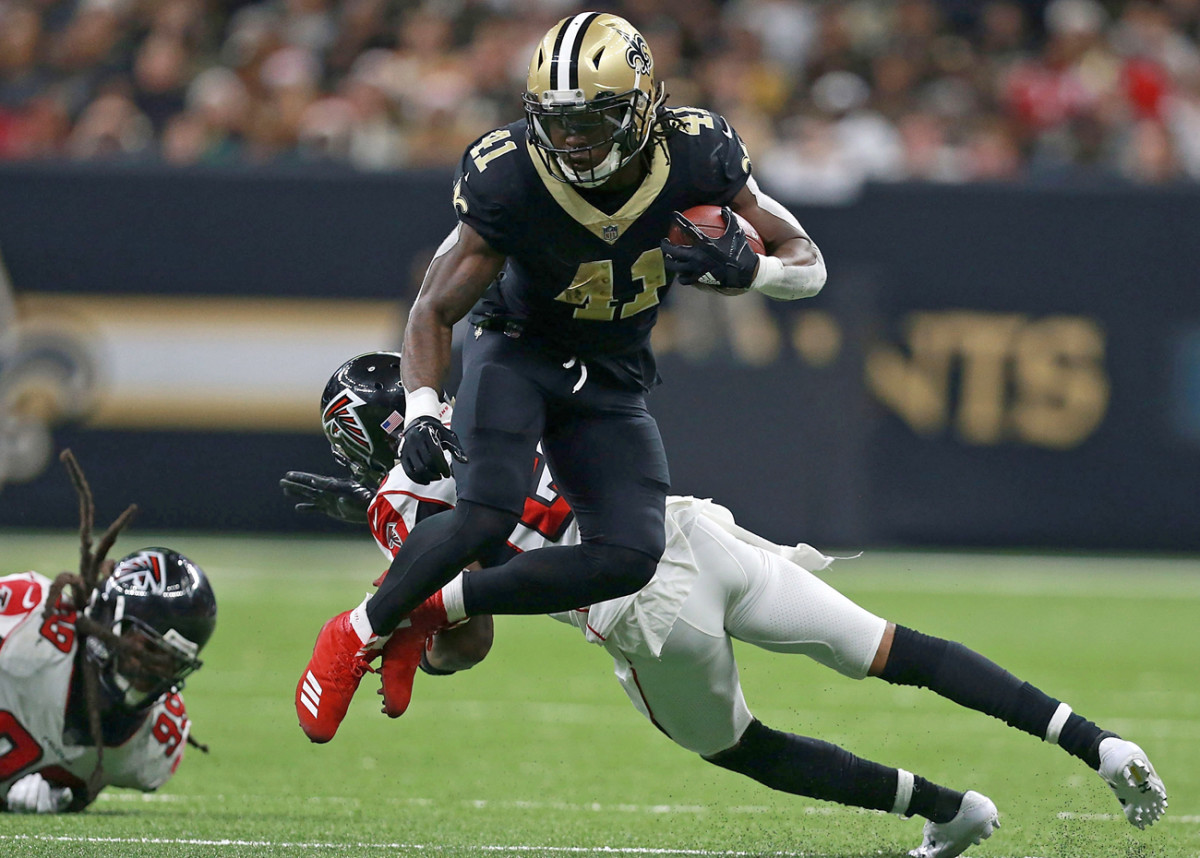
CAUSE FOR CONCERN
Let’s go with a silver lining here this week: Blake Bortles has been erratic in his last three outings, struggling mostly with ball placement … but that doesn’t mean he’s a lock to mess up against Pittsburgh. Remember, in the first three weeks of December, Bortles was fantastic. He played with pocket poise and consistently located reads, which Jacksonville’s shrewd aerial designs clearly defined, particularly on play-action. Though he hasn’t thrown the ball well in the three weeks since (and at times has been downright miserable), Bortles has at least continued to stay in the pocket and play on schedule. It would not be the greatest shock in the world to see him complete 65% of his throws on Sunday. Am I predicting that? No. But understand that Bortles’s film these past three weeks, while far from good, has looked better than when he struggled earlier in the season.
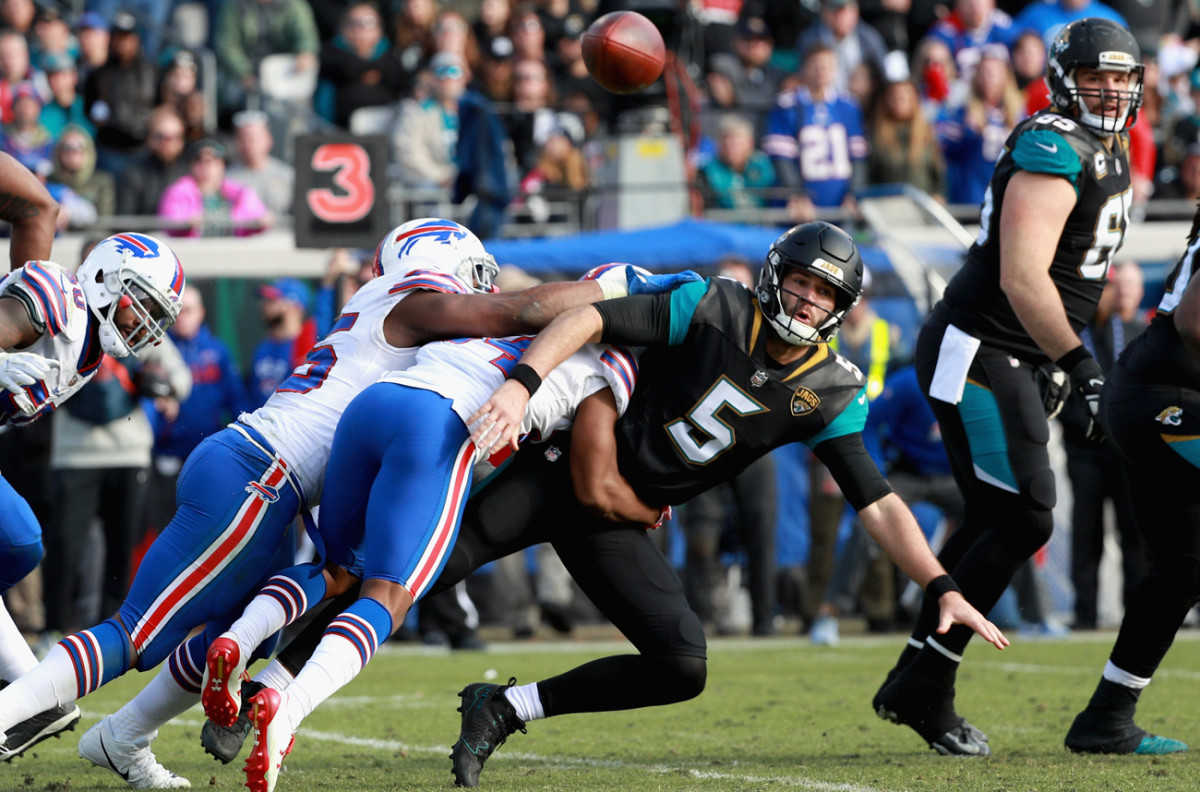
KEEP AN EYE ON
Saints free safety Marcus Williams and cornerback Ken Crawley. Williams was uber-aggressive in pass coverage against the Panthers last week, playing shallow at times and vacating the middle of the field at others. Minnesota will have designer plays that attack him for this. They’ll also go after Crawley, who has had a stellar season but remains shaky in his coverage technique at the top of downfield routes.
INJURY IMPACT
I voted Saints left guard Andrus Peat First Team All-Pro, mostly because of how valuable he’s been as a pull-blocker. His absence Sunday against Minnesota will be felt. Having said that, as long as light-footed left tackle Terron Armstead stays healthy, the Saints can survive without Peat. (Peat has had to play in an injured Armstead’s tackle spot a lot this year.) Fill-in left guard Senio Kelemete has held up fine, playing 61% of New Orleans’s snaps. He’s not as physically imposing as Peat, but he’s mobile enough to keep the Saints’ potent backfield screen game in play.
NON-FOOTBALL THING ON MY MIND
It’s rude to show up late for something…but it’s often ruder to show up early. The other night, I had a lifelong friend visiting from out of town. We were going to dinner at 7:00. I invited our mutual friend to join us. That mutual friend showed up at 6:51 (which wound up being 20 minutes before the out of town friend). I had two plays left in my Jaguars-Titans film study when the mutual friend sauntered in, eager to chat. I ultimately had to pause the film and politely ask that he give me just a few minutes to wrap up. (He, of course, took this to mean that I was throwing him out of the Football Room.)
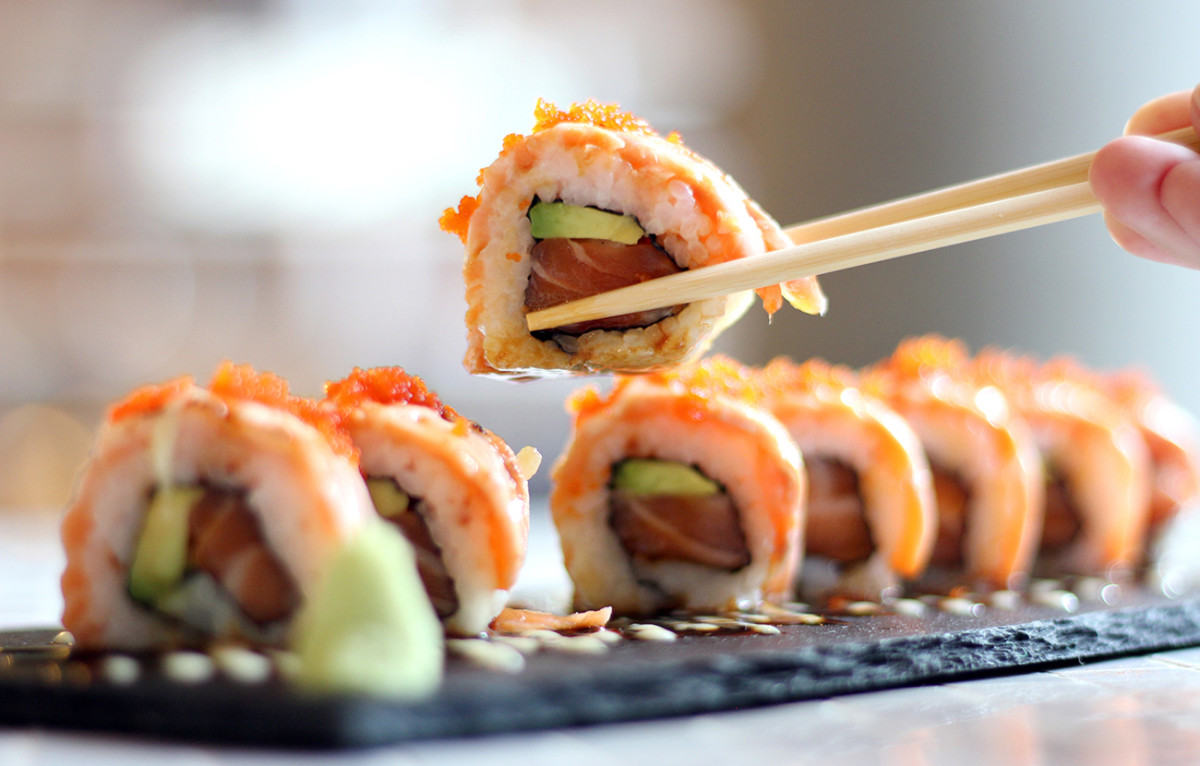
Something else happened (and I’d love to get readers’ opinions on this). When my out-of-town friend arrived, we discussed where to go for dinner. I was in a sushi mood – and those who love sushi know that this is a very specific, tantalizing mood. The mutual friend, who had been invited along on this already existing dinner outing, vetoed sushi. His reason was that he and I had sushi just three nights earlier. My out of town friend was too polite to say, but I could tell she kind of wanted sushi, too.) Part of me (almost certainly the petulant, sushi-craving part) felt that my early-to-arrive mutual friend was stepping outside his jurisdiction by vetoing the restaurant choice. Am I wrong to feel that way? Should his vote be equal to mine andthe out-of-town friend there?
(And for the record, we settled on pizza.)
Question or comment? Email us at talkback@themmqb.com.
